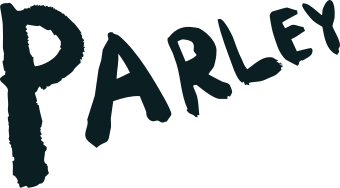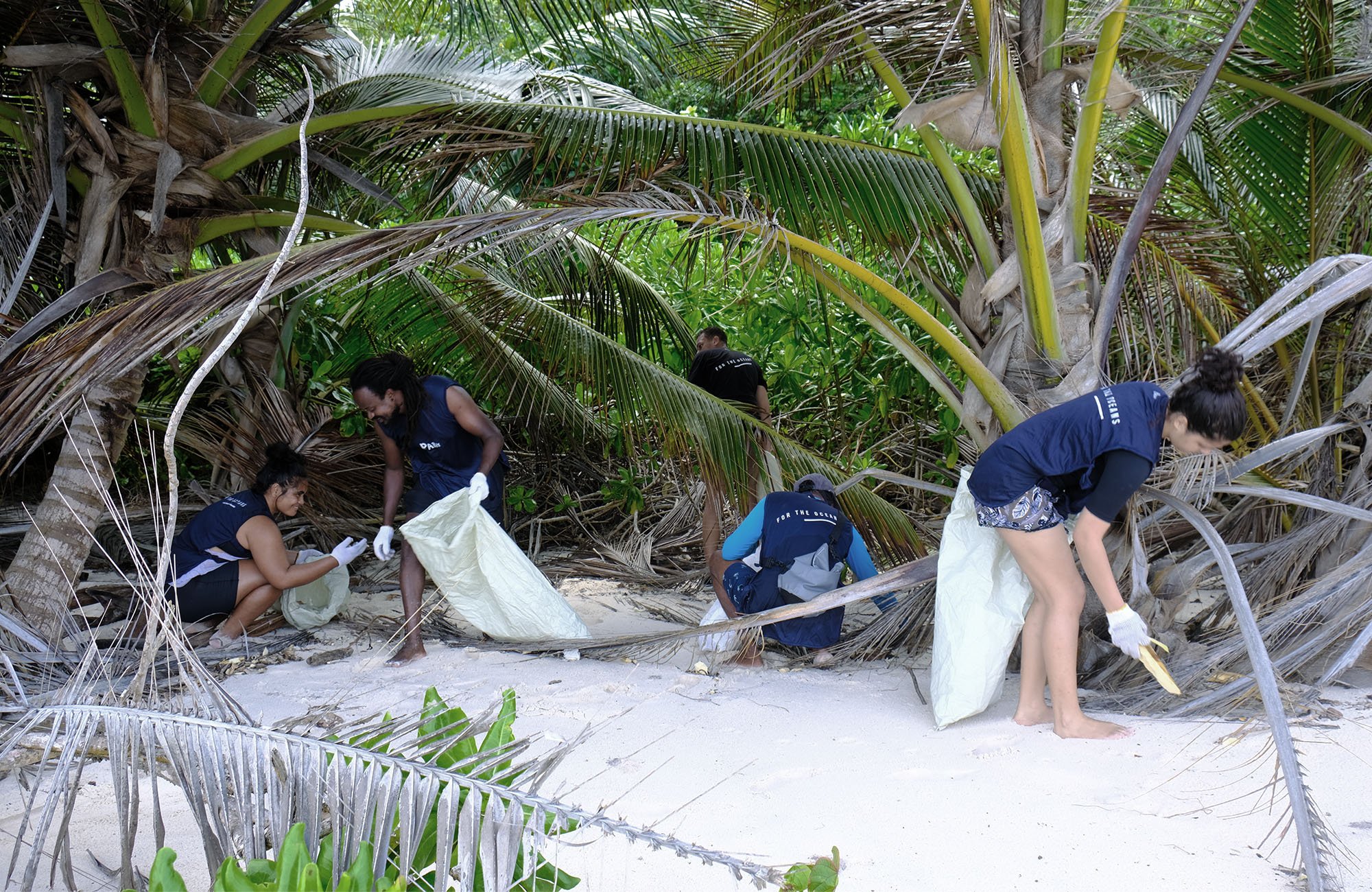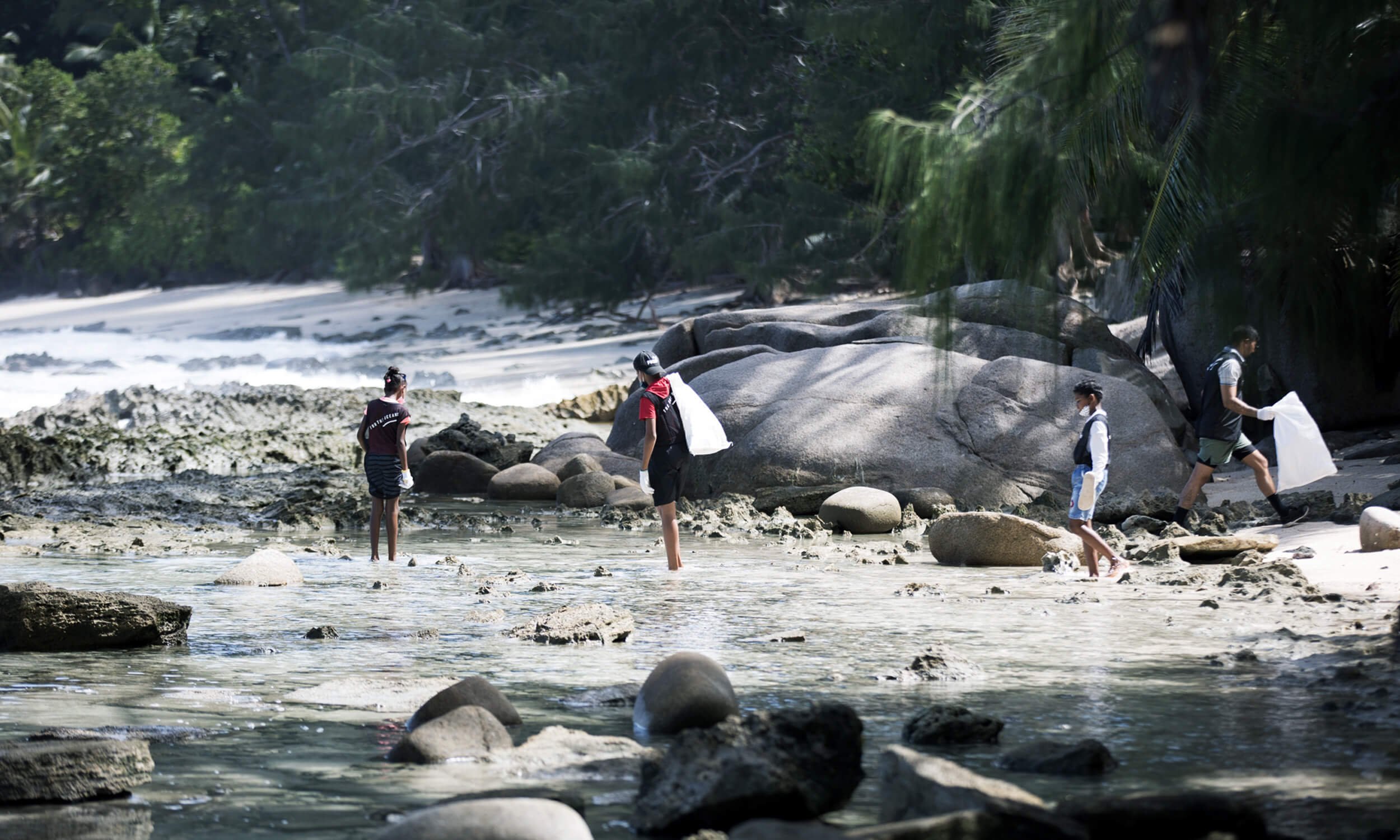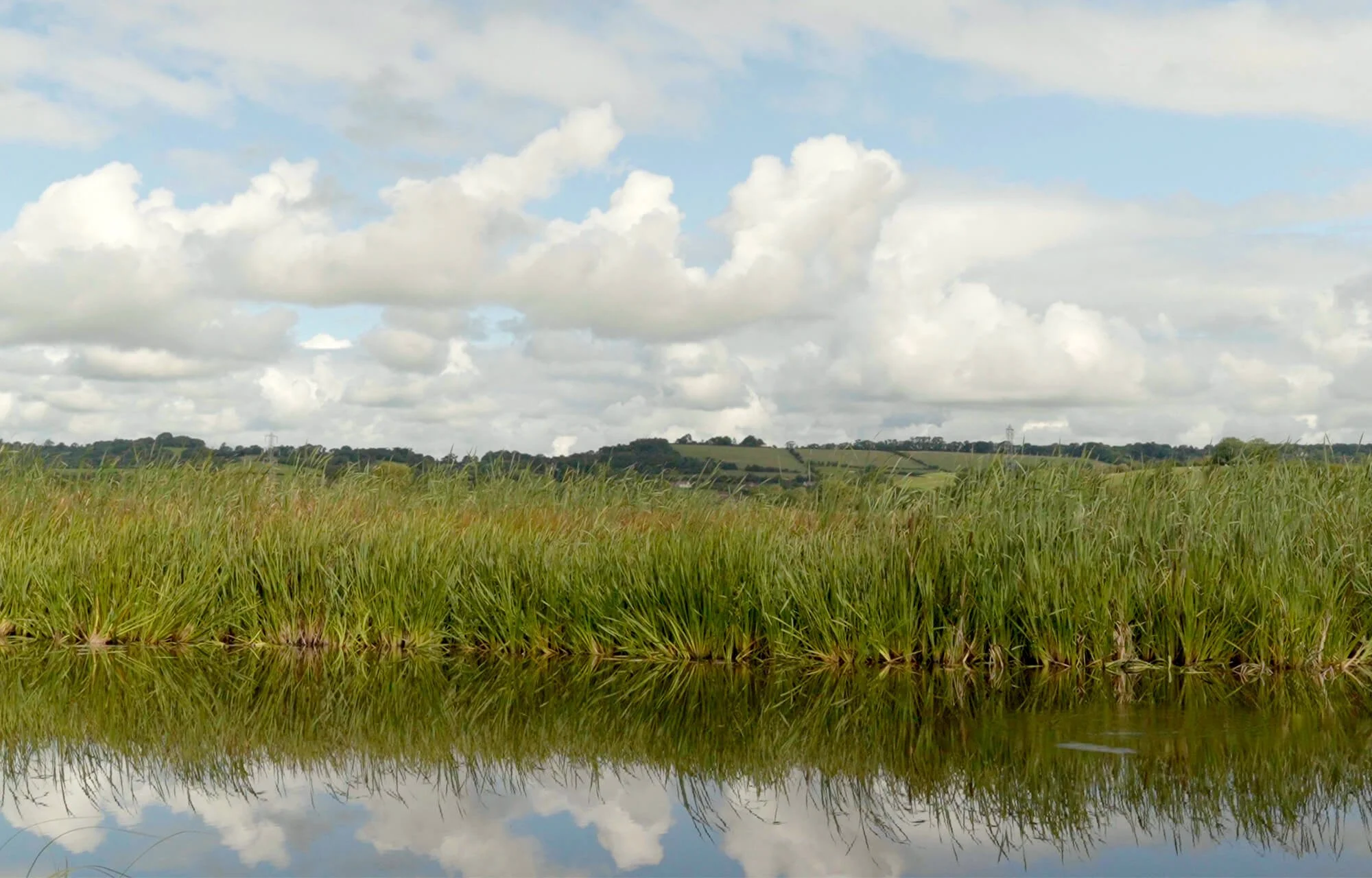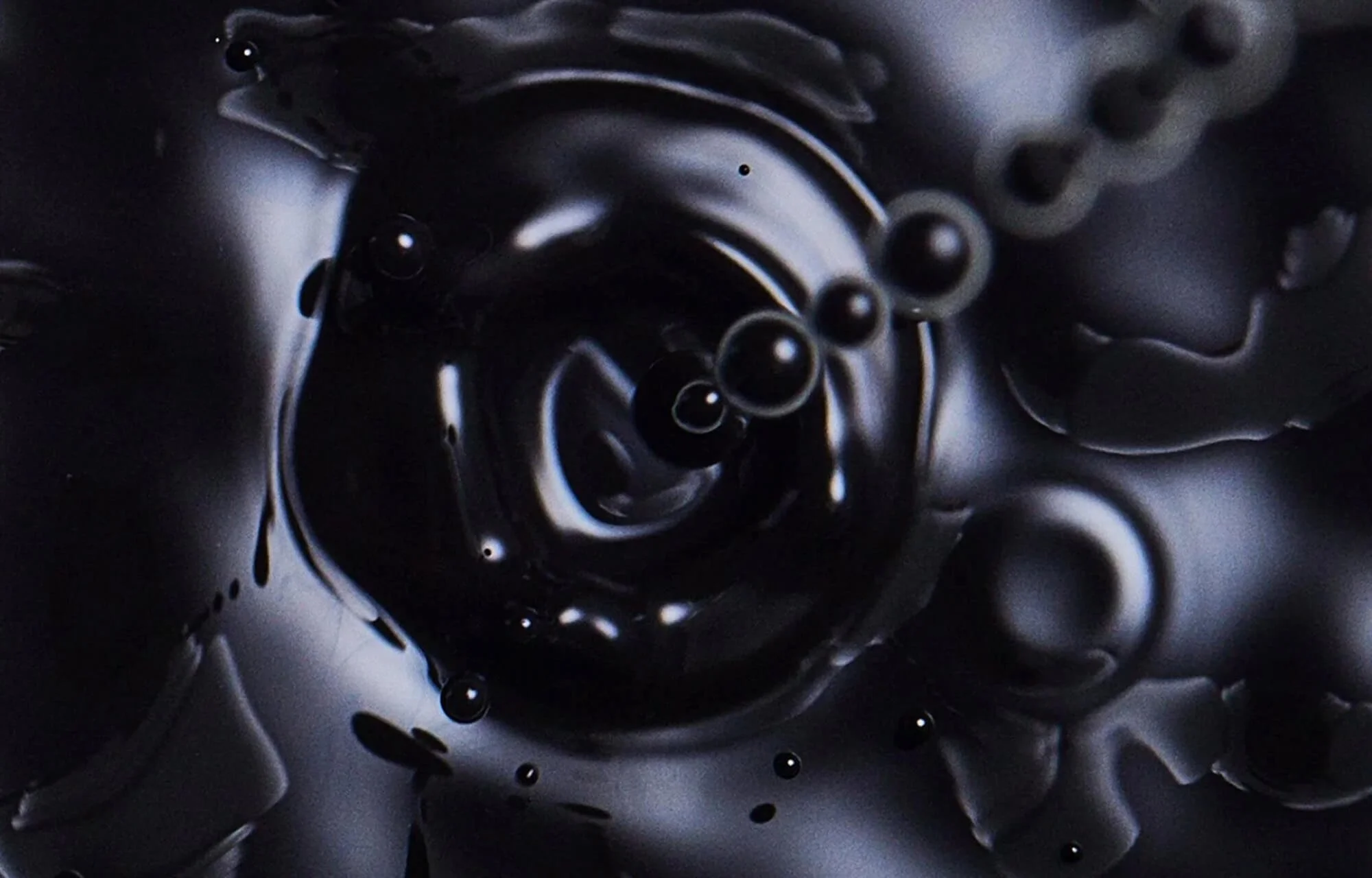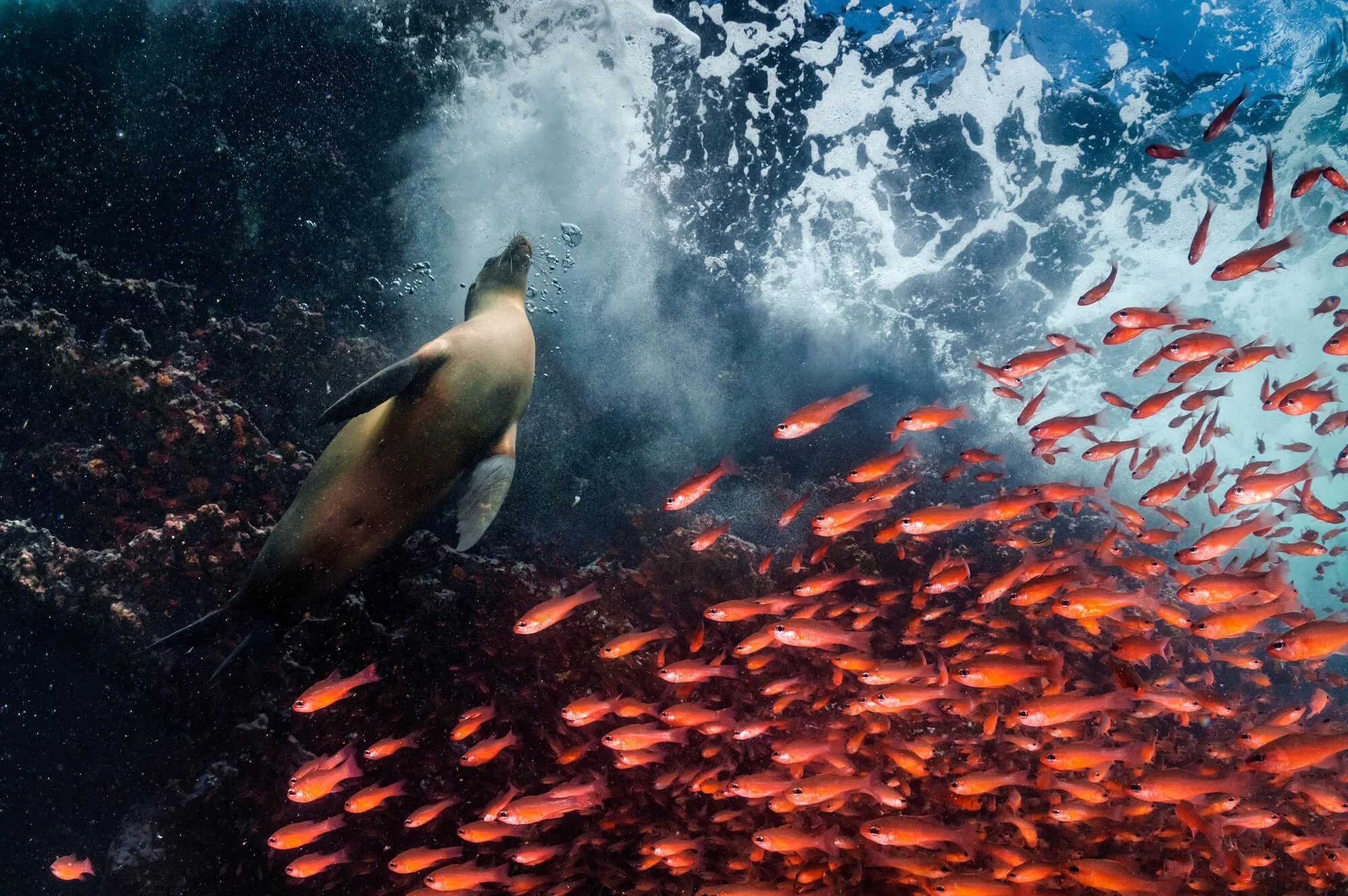Protecting Blue Carbon Ecosystems in Seychelles
Sequestering carbon and creating a haven for marine life, mangrove forests and seagrass beds are vital for our oceans and planet as a whole. Parley Seychelles is working with experts on an ambitious national plan to safeguard these priceless ecosystems. We caught up with country director Alvania Lawen to learn more.
Q&A WITH ALVANIA LAWEN, PARLEY SEYCHELLES
Tell us a bit about what ‘blue carbon ecosystems’ are and where they’re found in Seychelles.
‘Blue carbon’ ecosystems are found throughout the world along our coastlines, and help sequester huge amounts of carbon dioxide. Globally they include salt marshes and kelp forests, but the two main types of blue carbon ecosystems in Seychelles are mangroves and seagrass beds. These are found throughout our country, on and around almost every island – and we have 115 islands. In the mangrove forests here you see turtles, juvenile sharks, rays, a lot of juvenile fish and other marine organisms. It's just like a nursery. It’s really beautiful, especially on the outer islands. It's way more rich in biodiversity in the outer islands, because there is less human interference or often no human interference at all, so it's just amazing. It's like a natural aquarium – truly amazing.
What is Parley Seychelles doing to protect these two ecosystems?
Since 2024, Parley Seychelles has been part of the stakeholder consultations working on an ambitious blue carbon policy in Seychelles, one of the first in the world. The work was funded through the Commonwealth Secretariat to the Government of Seychelles. A team of consultants from Thuso and the Seychelles national expert on Blue Carbon, Dr Ameer Ebrahim, led this work on behalf of the Government of Seychelles. The blue carbon policy final draft has now been submitted to the government and is on track to become policy this year. It's one of the most ambitious in the world, if not the most, with the aim of protecting 100% of our blue carbon ecosystems by 2030.
Another part of our input as Parley Seychelles was looking at the aspect of plastic pollution and how these ecosystems help filter out plastics, preventing plastic waste from reaching the ocean. Mangroves in particular do us a huge service: they trap the plastic waste and all the debris and stop it from going into the ocean. So our input touched on that, integrating what we learned from the scientific paper we published. Our conclusion from the paper was that vegetation on the beach and in coastal areas helps retain plastic debris and prevents it from reaching the ocean beyond.
How does plastic affect mangroves, and have you witnessed this firsthand?
There’s been some research suggesting that mangroves are pretty resilient, but will die if their roots get completely covered with plastic waste as the environment will become anoxic. In our experience, we’ve found plastic waste diminishes the purpose of mangroves, because when there's a lot of plastics in a mangrove ecosystem, it will affect the marine organisms, it chokes them. They eat it and they die. They could get entangled in it at mud-level, and if it’s in the branches it poses a threat to seabirds. Plastic is a threat to the entire ecosystem.
Do you work a lot inside mangroves, or is it too difficult?
In terms of on-the-ground work, we have a partnership with the National Assembly here in Seychelles, the Parliament, where we conduct regular coastal and mangrove cleanups. The idea was really to make sure we're protecting and restoring blue carbon ecosystems, specifically mangroves. So we're cleaning out, we're taking out the plastic and all the other stuff that mangroves trap.
We have been working with them for two years now, and it's been an amazing partnership. It's been very fruitful, because we do cleanups of mangrove ecosystems with members of Parliament, and that is incredible and very unique in the world, I feel, because you've got decision makers who are usually in suits and ties, and now they're literally out in the mud and they're caring for the mangroves. They have also even planted propagules! When decision-makers have this direct interaction with blue carbon ecosystems, they see the importance. They see why we need to protect it and how we can make this a point of national pride.
Photo by Ethan Daniels
“The blue carbon policy final draft has now been submitted to the government and is on track to become policy this year. It's one of the most ambitious in the world, if not the most, with the aim of protecting 100% of our blue carbon ecosystems by 2030.”
Alvania Lawen
Can you put a price on the services these ecosystems provide to Seychelles and the wider world?
There is a need to value blue carbon ecosystems in monetary terms, which is really sometimes the language of politics. In Africa and even in the Western Indian Ocean, we have not done a valuation study of the marine biogenetic resources, for example, but we have for certain blue carbon ecosystems. I know that in Kenya, for instance, they have put a value on seagrass meadows and mangrove forests. We have not yet done that in Seychelles, but in the section where we speak about research and innovation under the blue carbon policy for Seychelles, we have suggested a detailed valuation of our blue carbon ecosystems, especially since Seychelles may be looking at global carbon markets in the future. Carbon credits in general are sometimes misused and greenwashed, because the way that's done by certain people and companies – like planting trees that end up dying anyways. So if Seychelles is going to become a leading blue carbon market, we aim to be a really good one, one of the best, and make sure that if, for example, someone is paying to restore mangroves or seagrass then we make sure that there's monitoring and evaluation that goes into play as well.
Beyond plastic pollution, what are the other threats facing mangroves and seagrass meadows in Seychelles?
One of the main threats to blue carbon ecosystems in Seychelles is tourism, actually, because obviously tourism infrastructure like hotels, restaurants etc love to be by the beach, and we are a country of beaches. We are surrounded by the ocean, and you can see it from anywhere in Seychelles. Someone visiting from UNESCO once described it to me as like being on a ship. That's what it feels like to be an islander – you can always feel a sea breeze and you can always see the ocean. Back in the day, before independence, and even just after, it was normal to cut down mangrove trees to make furniture and timber out of mangroves, but it's illegal now. It's actually not even practiced anymore really, it is no longer part of our culture.
Meanwhile, seagrass was never really given a lot of attention before – so much so that we didn't even have a word in our language for it! We’ve only recently developed a word for it – it’s now called Zerb lanmer. This work was done by SeyCCAT. Previously maybe some fishermen would have colloquial words for it which helped in finalising a creole name for seagrass, but in general, the population, for example, would call it Gomon, which means algae. So we would just call all seaweed, all seagrass, all algae, the same word. It's really incredible that things are changing and more people here now have a relationship with the environment, and with blue carbon ecosystems specifically. It’s becoming something that more people will actually know about, care about and play a role in protecting.
